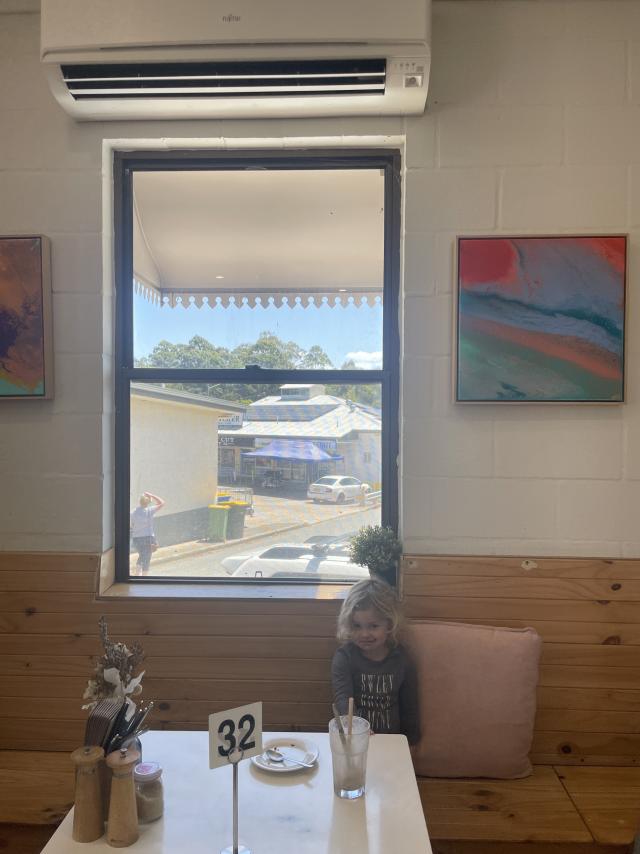When Gareth Duggan planned to build his family home, he considered it from a perspective of sustainability, focusing on sustainability and affordability for his family.
Recently interviewed as part of Rewiring Noosa – Electrify Everything’s focus, Gareth had a lot to contribute about how to plan ahead for the often harsh Queensland climate and how best to leverage the sun for great rewards, both financial and emotional.
A very important consideration for Gareth even before it came to appliance planning, was the insulation in the home’s walls and ceilings. By insulating all walls and ceilings, he has greatly reduced the need for mechanical cooling or heating and lessened the requirement for large and costly appliances. Without adequate wall insulation, your home could be losing as much as 25 per cent of your home’s heat in winter and gaining up to 25per cent more heat in summer.
This reduces the size of the air conditioning system required to heat and cool a building. By reducing the unit size, this reduces the cost to buy and the amount of energy required to heat and cool your home.
“We chose split systems over a ducted system because split systems are far more energy efficient for the space”, explains Gareth.
“Combining insulation with reducing energy consumption using efficient appliances, then electrifying everything so that you are using largely the energy that you produce, automating use with timers to use appliances like air-conditioning units and heat pumps at the sunniest time of day”.
“We just wanted to be in a position where financially we weren’t stressed to live comfortably whilst knowing that we are doing our best for the environment. We are only on this earth for a short time. We have an ability to either do good or alternatively, to live very selfishly”.
For those who have purchased existing homes where walls and ceilings are already lined, a number of options are available for insulation. It is easy to retrofit insulation batts into attics and ceiling voids, despite sometimes being a labour intensive task.
Walls can be a little trickier although it is indeed possible to insulate existing wall cavities if you are certain there is no insulation at all. Under the right circumstances, certain types of insulation can be installed directly into a wall through small holes, including injection foam and blown-in cellulose. Injection foam insulation is applied as a liquid and very slowly expands in size. The slow rise of injection foam allows it to fill even the tiniest holes and cracks where energy could escape, however that does also mean it can leak out in unexpected areas. This is a double-edged sword, but ultimately it means a very good air seal has been achieved.
An important consideration when deciding how and when to insulate is whether you are likely to alter or renovate walls as each of the above methods can result in lots of mess when re-opened.
Glazing is another significant consideration for many, with double and even triple glazing available on many types of windows as well as very low cost and efficient films which can be added to your glazing at manufacture stage to give both privacy and protection against the elements.
If you are interested in finding out more, visit ZEN Inc. website at zeroemissionsnoosa.com/rewiring-noosa
Here you’ll find Gareth’s video about his selection of Heating & Cooling and other video stories about energy saving options such as EV’s, Energy Monitoring and Home Batteries to save on your energy costs, toolkits, online calculators and much more. For any queries, please contact us at info@zeroemissionsnoosa.com







